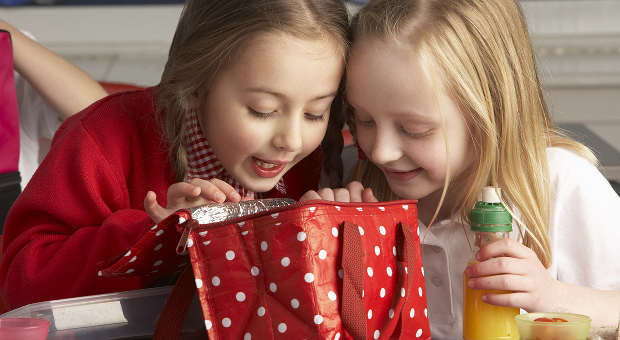The Medical Minute: Involving kids with healthy lunch choices

As the new school year approaches, parents may need some help with putting together fast, easy and healthy lunches that kids will actually eat.
Kara Shifler, a registered dietitian with Penn State PRO Wellness Center, said the more you can get your child involved in the menu planning, shopping and preparation of his or her lunch, the more likely it will be eaten and enjoyed.
Because some kids might pack a lunch of soda, chips and cookies if you let them, it's important to sit down with a list of options in each of the main food groups that should be included in each lunch: fruits, vegetables, whole grains, lean protein and low-fat dairy. She suggests allowing the child to pick favorites in each category, tossing in a new item to try every now and then.
“This definitely takes time, but past third or fourth grade, they should be taking on some of the responsibility themselves,” she said. “That will help them have more control over what they eat and be more experimental in the kitchen.”
By creating a menu of what your child likes and wants to eat in each category and shopping ahead for the entire week, packing a healthy lunch doesn't have to take much time on a busy weekday morning.
>> Download recipes and “Smart Packing Tips” here
Shifler said introducing fruits and vegetables early in a child's life is critical to creating a lifelong taste for them: “It gets their palate ready and teaches them how to feel full on fiber-rich foods rather than just carbs and proteins.”
Dr. Marsha Novick, director of the pediatric weight loss program at Penn State Health Children’s Hospital, said she encourages packing a rainbow of fruits and vegetables.
“Look for things that are quick – that you can easily grab and put into baggies like baby carrots, cherry tomatoes and sugar snap peas,” Novick said. “That can help with the time pressure we all face in the morning. It's also helpful to pack some of it the night before.”
Dinner leftovers – such as soup with vegetables and pasta with (even pureed) vegetables in the sauce – can all be healthy lunch options.
When it comes to a drink, water is the hands-down winner. Although many pre-packaged juices are now 100 percent juice, they still provide too much sugar without giving children the fiber from real fruit that helps them feel full.
Novick said packing is typically better than buying lunch in the school cafeteria because it allows parents and children to include more variety and customization.
But if all else fails, Novick said the National School Lunch Program has come a long way and now offers a fruit, vegetable, whole grain and low-fat dairy at each meal.
“The key is to know what is on the menu for each day and discuss the choices with your child ahead of time,” she said.
The Medical Minute is a weekly health news feature produced by Penn State Health Milton S. Hershey Medical Center. Articles feature the expertise of faculty physicians and staff, and are designed to offer timely, relevant health information of interest to a broad audience.
If you're having trouble accessing this content, or would like it in another format, please email Penn State Health Marketing & Communications.
